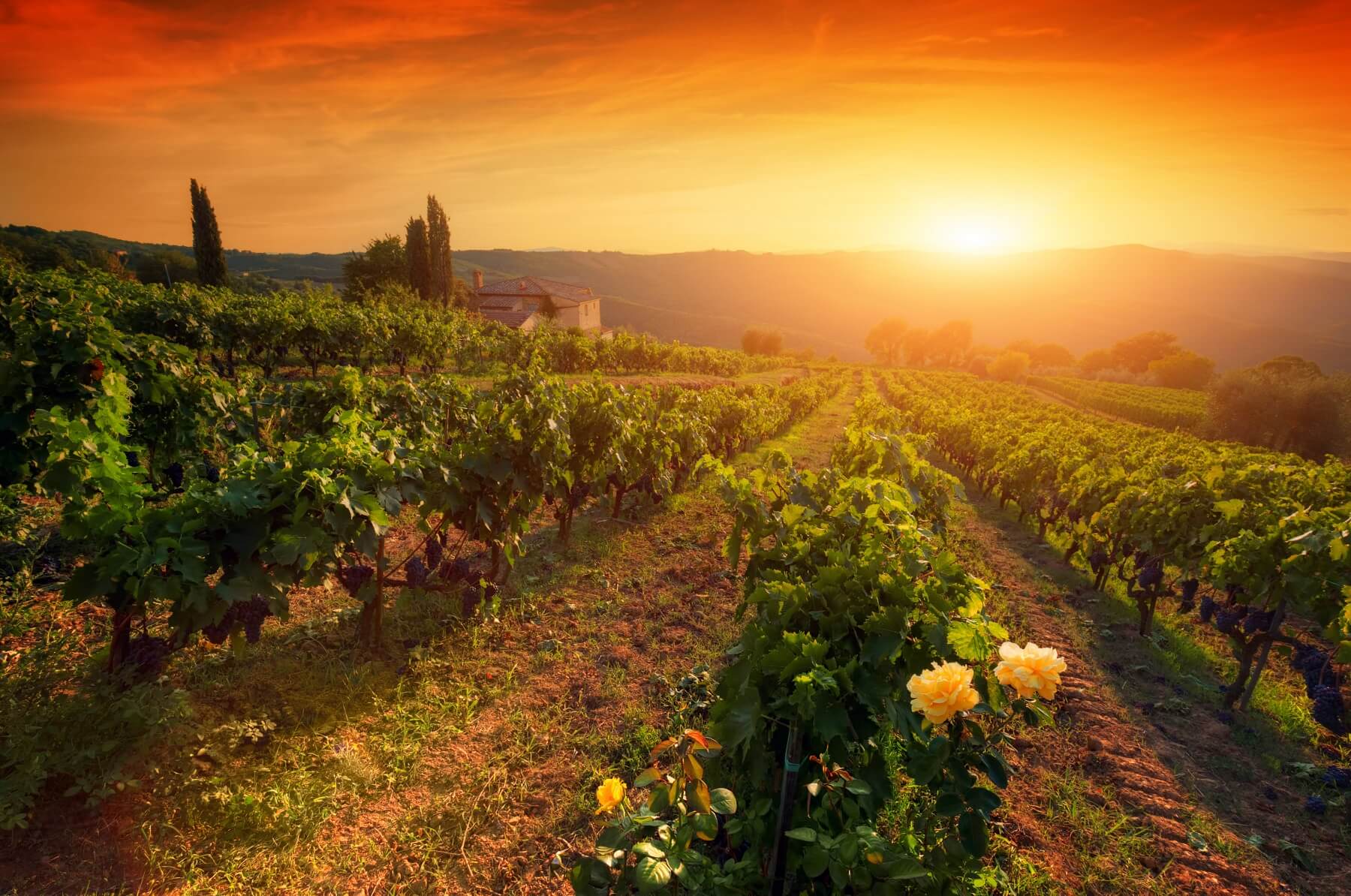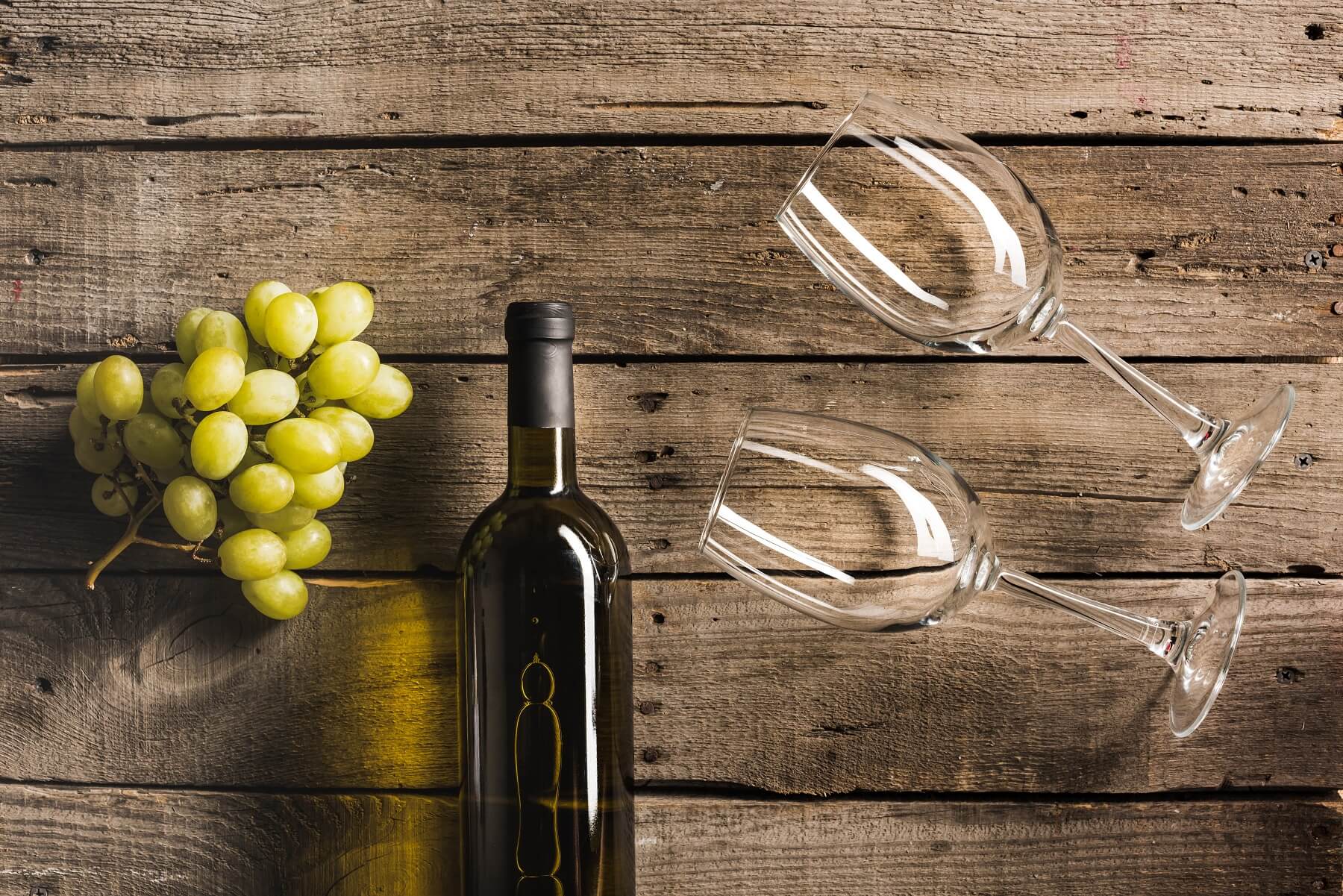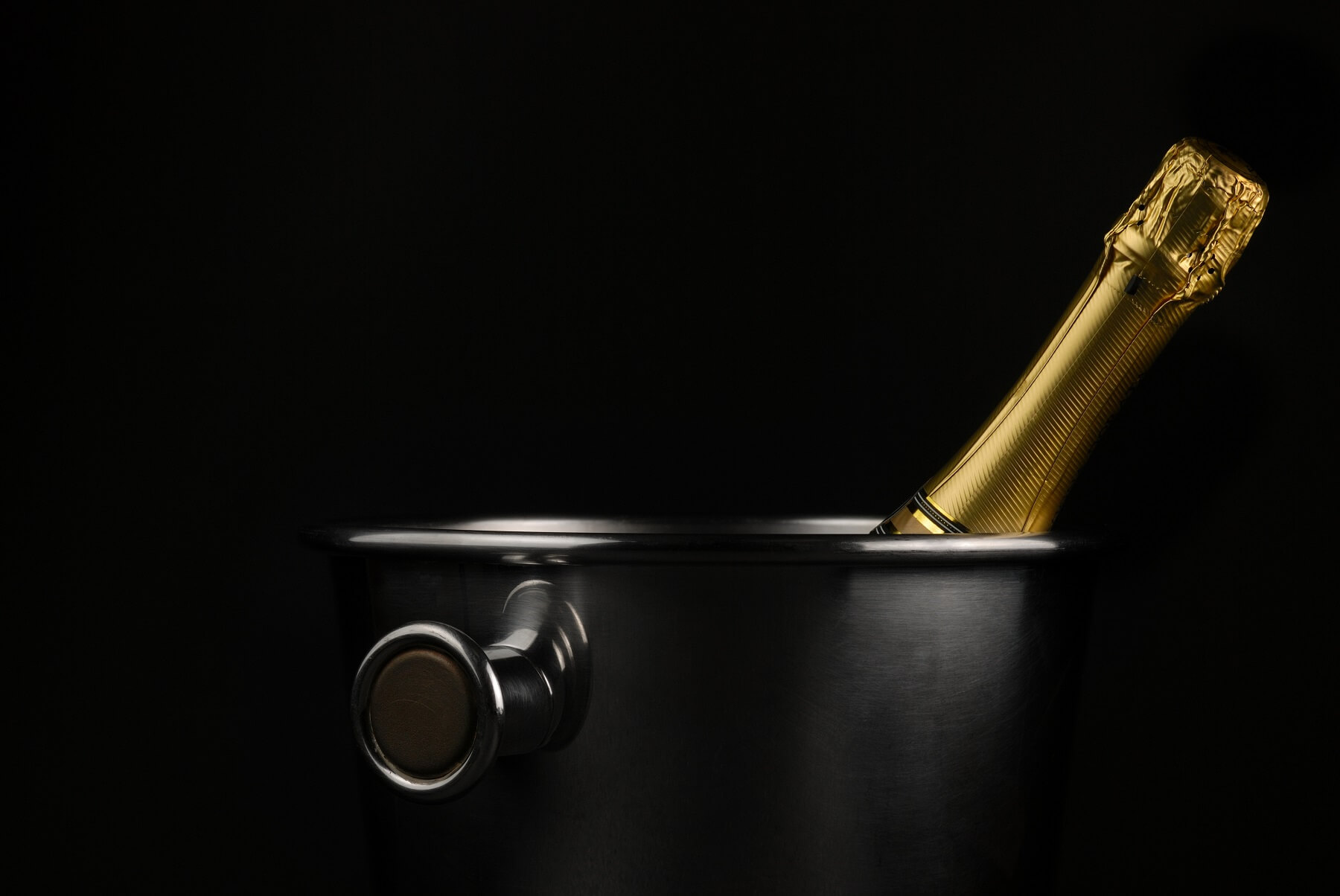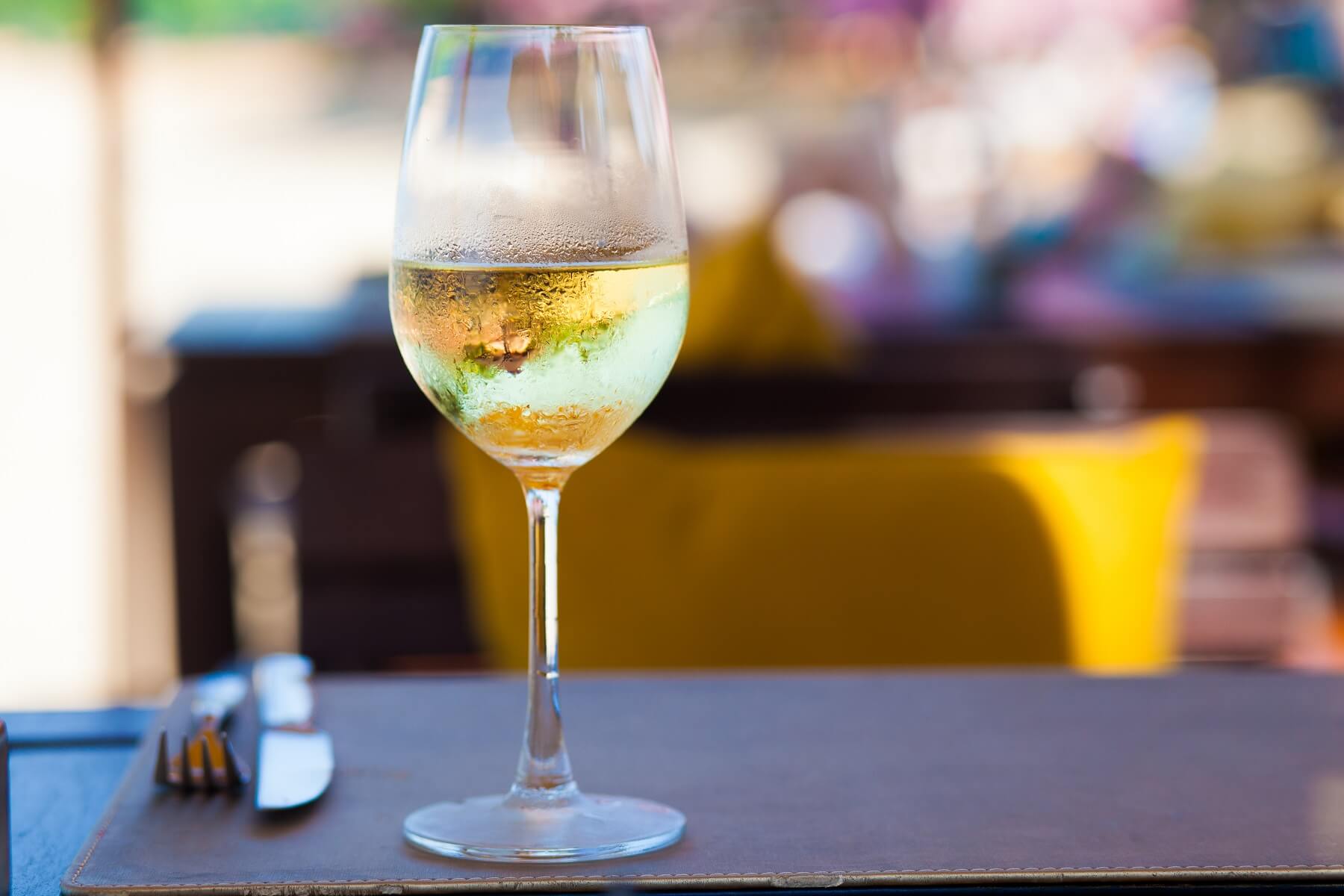

Wine has been made for thousands of years, yet people are always tinkering. Bringing back ancient techniques or inventing new ones….human ingenuity knows no bounds. Here’s a few to get excited about.
1. Amphora(e)
Not at all new to be honest, but has made a huge comeback in the past 5 years.
This is the method of aging grapes and wine in a large clay or ceramic pots/jars, known as ‘amphora’.
This method originated in Georgia (the country, not the American state!), possibly as long as 8000 years ago.
The idea is that the wine is kept at a stable temperature (the amphorae are often buried underground!) and the juice is kept in dynamic motion – the amphora has no edges or corners, and the wine is constantly moving.
The grapes are also often left in the amphora, meaning the oclour and tannin contained in the skins is ‘macerated’ intot the juice – kind like a tea infusion process…..which leads us nicely to our next method!

2. Skin Contact for White Wines
Another ‘old-school’ technique that has seen a resurgence aorund the world in the past 10 or so years.
The colour in wine comes from the skin, not the actual juice. So all red wines are made by crushing the grapes and then leaving the skins to ‘macerate’ into the juice for anywhere between 3 days and 2 months.
Most white wines are simply made by crushing the grapes and discrading the skins.
This method known as ‘skin contact’ or ‘maceration’ is essentially making white wine in the way that you make red wine!
The resulting wines always have more tetxure, more colour and often more tannin (which is also found in the skins and seeds of the grapes!)These wines are sometimes known as ‘orange wines’ or ‘amber wines’

3. Blanc de Noirs
This one is really interesting, and takes its name from a style of Champagne. It translates (from French) as ‘white from black’ and really means a white wine made from red (or black) grapes.
As previously mentioned, the colour in wine comes from the skin. So, to make these wines, traditional red grapes like Pinot Noir or Cabernet Sauvignon are used, but produced like a white wine – with no skin contact! You’ll often see the term used for Champagnes that are made from Pinot Noir but are white wines….literally white from black!

4. Pet Nat
Super trendy right now, you’ve perhaps already seen some wines labelled like this around the place.
The term is an abbreviation of a French term ‘Petillant Naturel’ – it essentially means ‘naturally fizzy’. The Pet Nat style is also often referred to as ‘methode ancestral’, and is another ancient method that has come back into fashion in a big way. This is the original way of making sparkling wine – long before the big houses of Champagne were doing their thing, this was how the world knew and drank sparkling wine!
The method is a simple one – it involves only one fermentation (whereas Champagne involves two) and the wine is bottled and ready to go within a short period of time.
The process of fermenting sugar into alcohol produces both heat and carbon dioxide. The Pet Nat method uses this carbon dioxide by-product and puts it to good use!
The wine is bottled and sealed whilst it is still fermenting, and the carboni dioxide produced has nowhere to escape to, and is thus re-absorbed into the wine.
Voila – fizzy wine!

5. Flavoured Wine (botanicals etc)
I think we’re only just starting to see what might become something big over the next few years….the flavouring of grape juice with other organic materials. The result sits somewhere between a vermouth and a wine, and can be incredibly interesting.
The infusion of herbs, spices, flowers or fruits into a wine can add so many layers of interest and intrigue, and the resulting beverages are totally unique. This approach is already huge in the world of craft beer, with brewers adding anything from grapefruits to chocolate to salt to their beers.
A few of the local pioneers of this style include Taras Ochota of Ochota Barrels with his wine ‘Botanicals’, Gilles Lapalus of Bertrand Bespoke and Maidenii with his wine ‘Dry White’ and Andries and Yoko Lüscher-Mostert of Brave New Wine with their wine ‘Dreamland’

Go check out our fun palate profile quiz here and we’ll recommend three bottles that we think you'll love according to your results!
Do you know your wine personality? If your answer is no, take our quiz to find out which wines to pick up next and build your box!
Build my box





